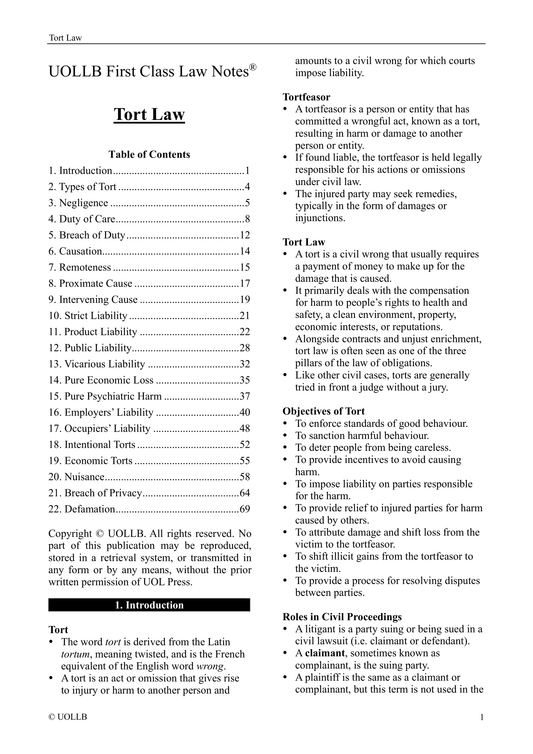Top 12 Tips for Better Legal Drafting
Share
Developing strong legal drafting skills is essential for lawyers and legal professionals. Although improving your drafting skills is an ongoing process, there are 10 tips you can follow to become a more effective and persuasive writer.
Understand the purpose and audience: Begin by clearly understanding the purpose of the legal document you are drafting and the intended audience. Determine whether it is a contract, memorandum, pleading, or any other legal document. Tailor your drafting to meet the specific requirements of the document and consider the knowledge and expectations of the readers.
Identify the facts: To resolve a dispute effectively, it is crucial to gather all relevant facts supported by credible evidence. This includes understanding the client's version of events, ensuring it aligns with undisputed facts and available evidence. It is important to evaluate the plausibility of the client's claims based on the information provided.
Identify the disputes: Once all the facts are obtained, it is necessary to identify any disputes that arise from these facts. Differentiate between disputes of fact, which involve conflicting accounts of what occurred, and disputes of law, which involve disagreements on the interpretation or application of legal principles. Rank these disputes based on their importance, addressing the most significant ones first. It is essential to discuss and align the interpretation of these disputes with the client.
Identify the law: After understanding the facts and identifying the legal issues, it is necessary to find and establish the relevant area of law that applies to the case. Contextualising the issues involves correctly identifying and comprehending the law and explaining it in a manner that can be applied to the facts of the case.
Understand the law: To effectively argue a case, it is crucial to gain a comprehensive understanding of the applicable legislation and the leading cases relevant to the issue at hand. This understanding allows for cross-referencing legal reasoning with the relevant law or legal authority. Summarising the rule in your own words helps to focus and test your comprehension of the rule.
Applying the law to the facts: Legal rules consist of specific elements that must be proven to be applicable to the facts of your case. The strength of your argument depends on how well you can demonstrate the satisfaction of each element based on the material facts. This requires a thorough knowledge of the facts of the case and the ability to apply the relevant legal rules accurately.
Reach a conclusion: The conclusion reached must be supported by both the facts of the case and a legal rule. It is advisable to find support for the legal rule in the most recent decision of the highest court. While multiple decisions can be considered, it is not necessary to present more than one decision to support your conclusion.
Use clear and precise language: Legal drafting requires clarity and precision. Use plain language, avoiding unnecessary legal jargon or complex terminology that may confuse readers. Be concise, yet comprehensive, in conveying your ideas. Make sure your sentences are grammatically correct and avoid ambiguities that could lead to misinterpretation.
Pay attention to detail: Legal drafting requires meticulous attention to detail. Check for typographical errors, spelling mistakes, and grammatical inaccuracies. Verify that the document consistently uses defined terms correctly and consistently. Ensure that cross-references, citations, and numbering are accurate.
Revise and proofread: After completing the draft, thoroughly revise and proofread the document. Review it with a critical eye, assessing its coherence, clarity, and effectiveness. Check that the document aligns with your intended purpose, accurately reflects the law, and is consistent in its structure and language. Edit as necessary to improve the overall quality of the document.
Study samples and prepare templates: Studying well-drafted documents allows you to learn how to draft by example. Create your own templates that are tailored to your specific requirements. This will save your time, allowing you to draft more accurately. Remember to stay updated on legal development and revise the templates accordingly.
In conclusion, honing your legal drafting skills is an ongoing process that requires attention to detail, clear communication, and a thorough understanding of the facts and the law. By following these steps outlined above, you can significantly improve your ability to draft effective and persuasive legal documents.




























































